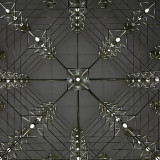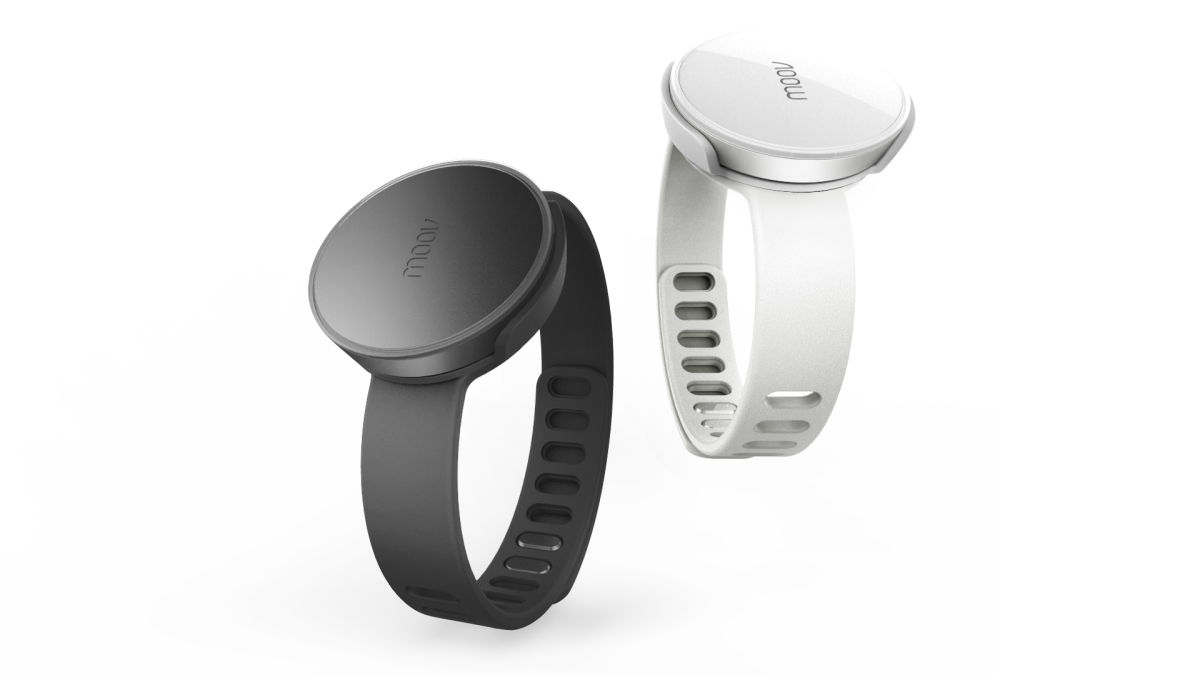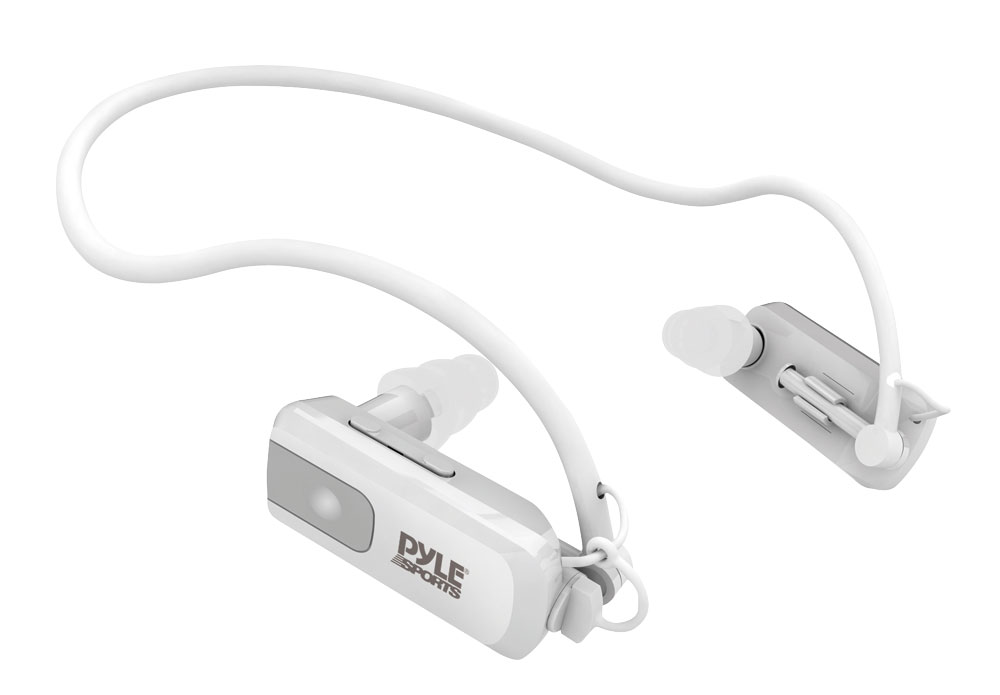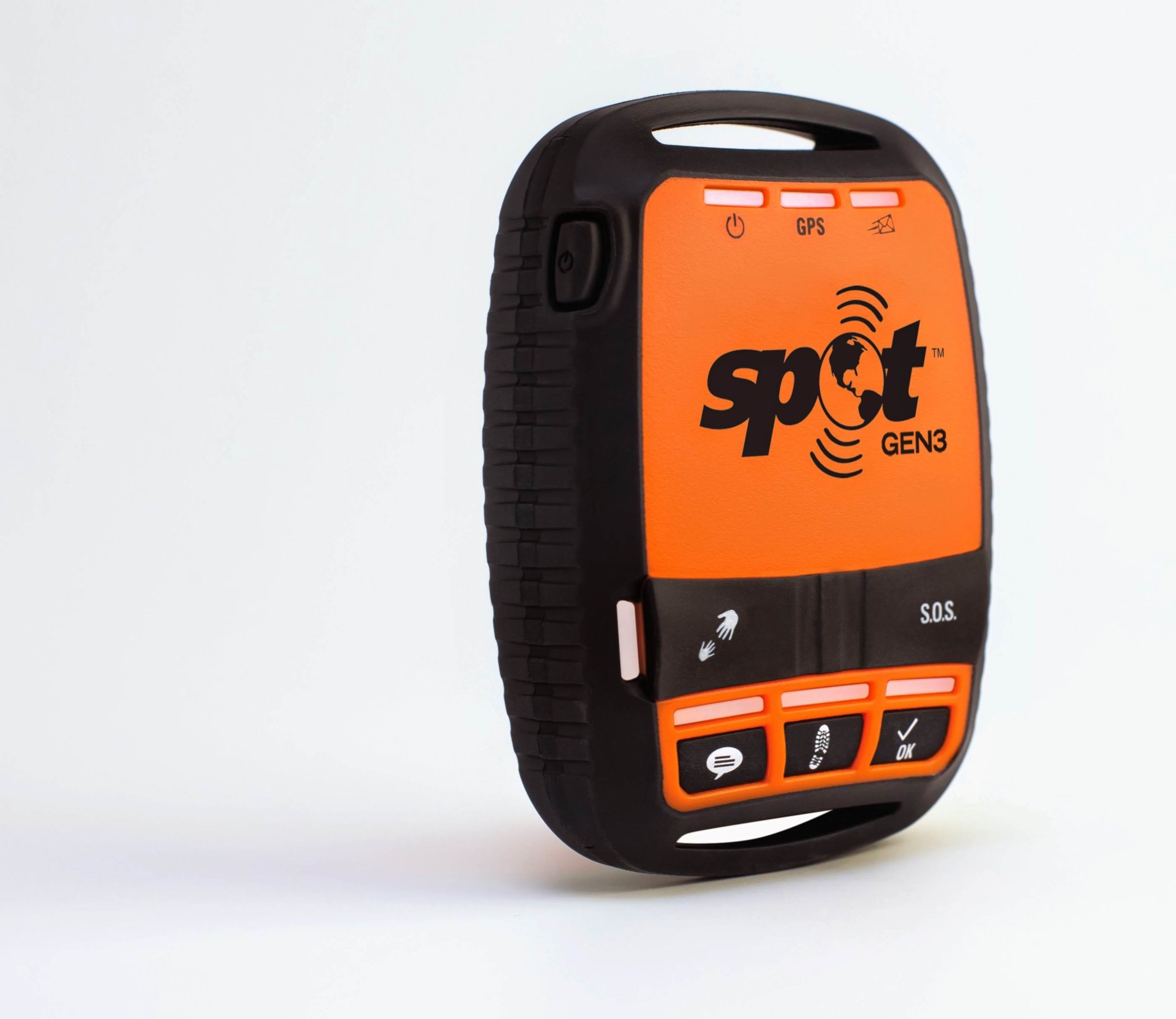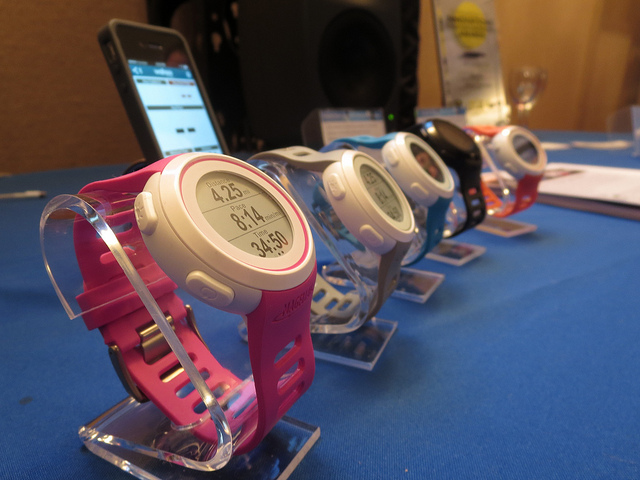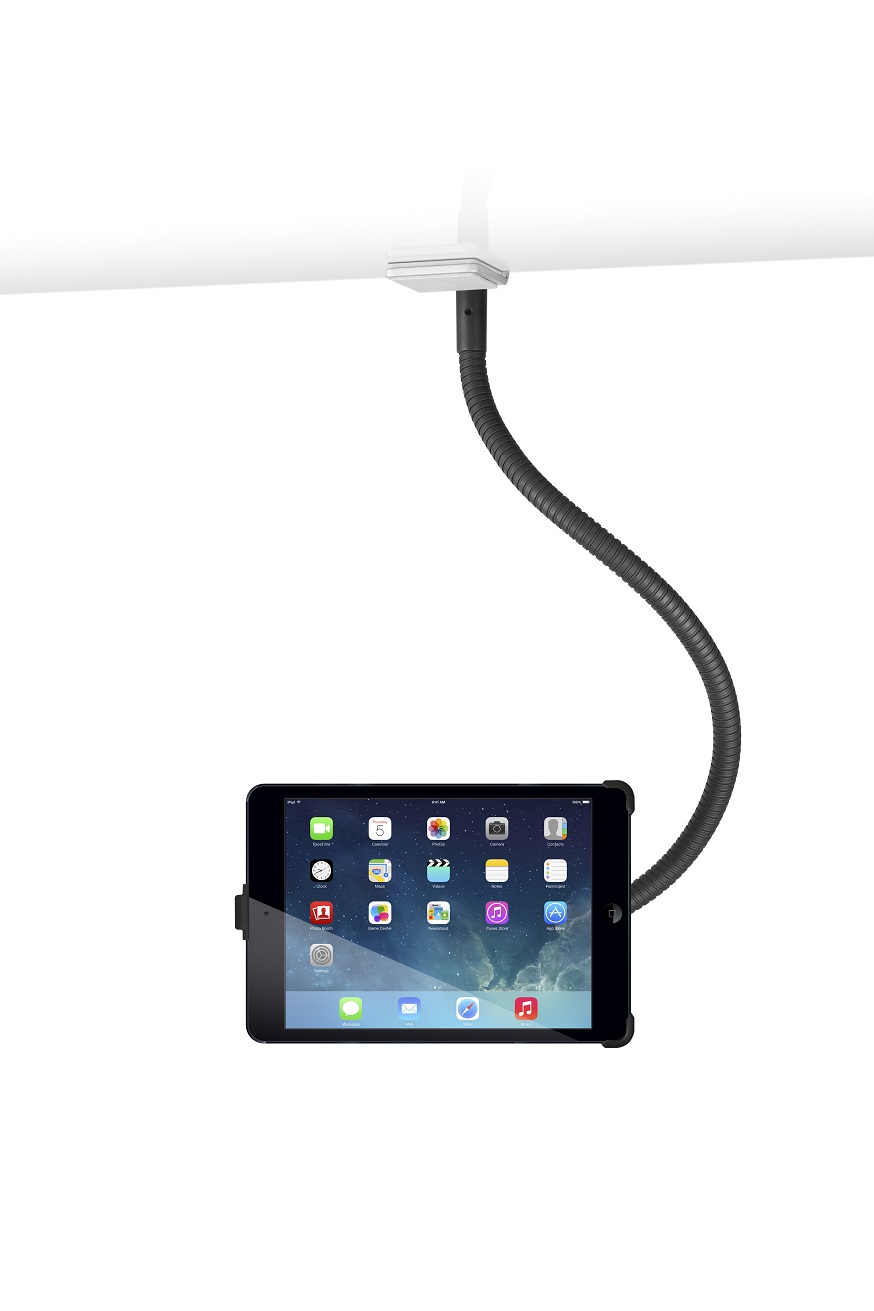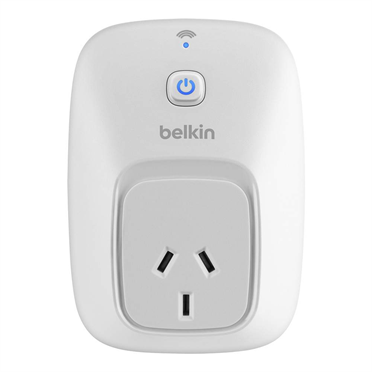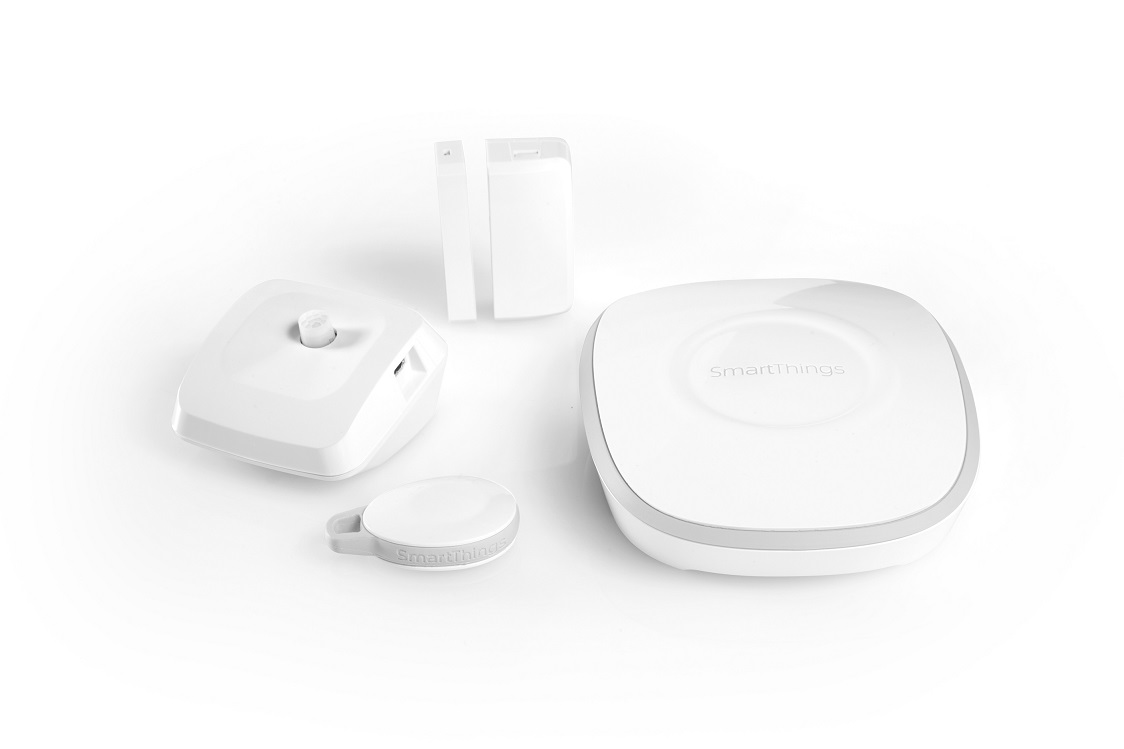As we grow increasingly reliant on our laptops, tablets and mobiles, it also means they become increasingly vulnerable to theft. We take them with us everywhere–travelling overseas, to the local coffee shop, or just out and about in our handbags. One careless moment, or one daring thief, is all it takes to lose that thousand-dollar laptop, or those priceless holiday snaps or personal documents.
One of the most effective ways to protect your devices from theft is by the use of tracking software. These are apps you install on your laptop, phone or tablet, which allow you to log in online and not only view your laptop’s location, but depending on the app, you can also lock the device, delete all information, or remotely activate features such as the camera or webcam. They run in the background, so you don’t even notice they’re there–until you need them, of course.
Here’s a quick look at two of the most popular device tracking apps out there today.
Prey – The free and simple solution

Prey is free, and installs on just about any device. You will also need to create an account with Prey, which you link your devices to. Once installed, you can manage your linked devices. Once you mark a device as missing, Prey will collect the following information from your device on a regular basis: geo-location using the device’s GPS (if available), and any network information such as IP addresses which can also help locate the device. It will even attempt to photograph the thief if the device has a webcam!
The online dashboard also lets you perform certain actions at will, such as setting off an alarm to locate your device (very handy for those who are always misplacing their phones!). You can also send alerts to the device that pop up messages and change the wallpaper, hide the app icon so thieves don’t know its installed, and remotely lock your phone.
The free version allows you to track up to three devices on one account. You can upgrade to the Pro version from $5 a month, which will give you access to additional features (the higher plans also allow you to track more devices on one account).
Absolute LoJack – The “sit back and let someone handle it” solution
LoJack is similar to Prey, though it provides less user-options. You can locate, lock and erase files remotely, and that’s about it. So why use it, you might ask?
Well, the difference with LoJack is that they have a specialised recovery team. Once you report your device missing, they take over. Where Prey and similar software will help you find and identify the person, LoJack will have people hunt it down for you and return it–no vigilante justice or protracted campaigns with the police required.
They also have what they call “persistence technology”, where on certain devices, they can continue to track it even if everything is erased or the hard drive replaced.
Of course, this comes at a cost. LoJack starts at $49 a year for laptops, and $39 a year for tablets and phones.
There are many other device tracking software out there, such as Laptop Cop, Android Device Manager, Find my iPhone, or Hidden. Do you use any such software? We’d love to hear about it in the comments!
featured photo: Divine Harvester


